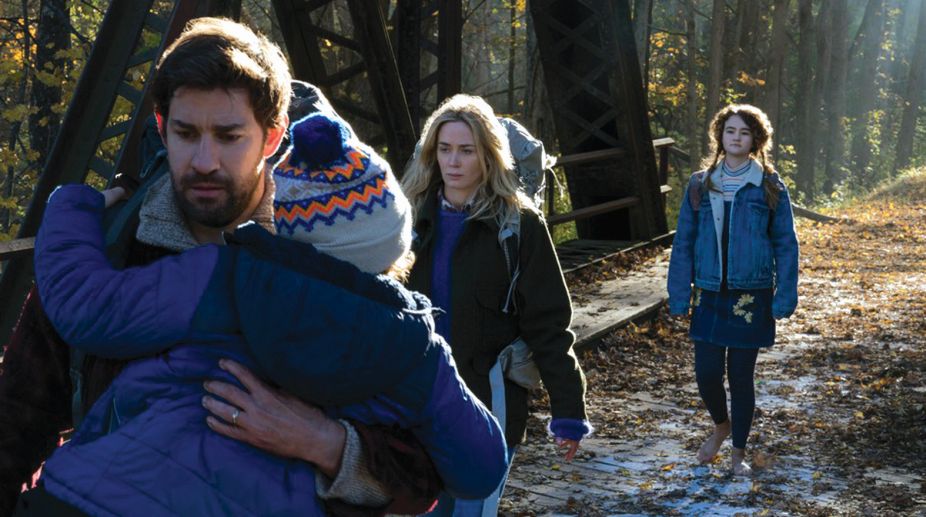The 50th anniversary of Rosemary’s Baby hits something of a coincidental date, being in such close proximity to the release of one of this year’s biggest horrors: Ari Aster’s Hereditary. A film whose own entanglement with the occult paints it as a clear thematic descendant of the 1968 classic, but also as a marker of how foundational of an inspiration the film has become for filmmakers first jumping into the horror genre.
Hereditary star Alex Wolff has said the film was essentially sold to him as “Rosemary’s Baby meets Ordinary People”, while Aster himself has confessed a desire to make the film, his feature debut, one which honours “an older tradition”, looking back to some of the films which made a powerful impact on him, including Don’t Look Now, The Innocents, and Rosemary’s Baby. But Aster isn’t alone here.
Jordan Peele has said that his directorial debut, the Oscar-winning Get Out, found a source of inspiration in the “social message” of both Rosemary’s Baby and 1975’s The Stepford Wives, both adapted from novels by Ira Levin.
Advertisement
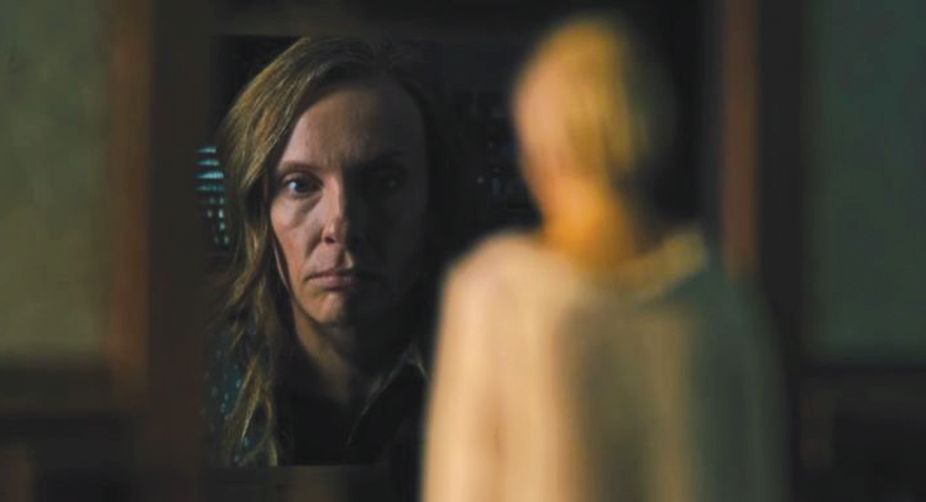
“They’re entertaining movies, they’re creepy and twisted and kind of darkly funny, but they’re about gender,” he noted. “From those movies, I knew you could sort of be entertaining but also carry a perspective. And have the audience see through someone’s eyes.”
When John Krasinski first dipped his toe into horror for this year’s A Quiet Place, he marked as inspiration a string of classics – “Hitchcock movies, Jaws, Alien, Rosemary’s Baby” – and a few recent outings: “Get Out, The Witch, The Babadook”.
Alice Lowe also named Rosemary’s Baby, The Shining, and Don’t Look Now as the traditional sources which influenced her directorial debut Prevenge.
Another heroine dealing with a supernaturally nightmarish pregnancy, though here compelled to become a serial killer by the demands of her unborn child.
The poster for Darren Aronofsky’s mother!, even, so directly referenced the theatrical poster for Rosemary’s Baby that it sparked a huge amount of speculation that it was secretly a direct remake.
B-movie legend William Castle, best known for the likes of House on Haunted Hilland 13 Ghosts, was the first to chase after the rights to adapt Ira Levin’s novel of the same name – an interest sparked before it had even been published.
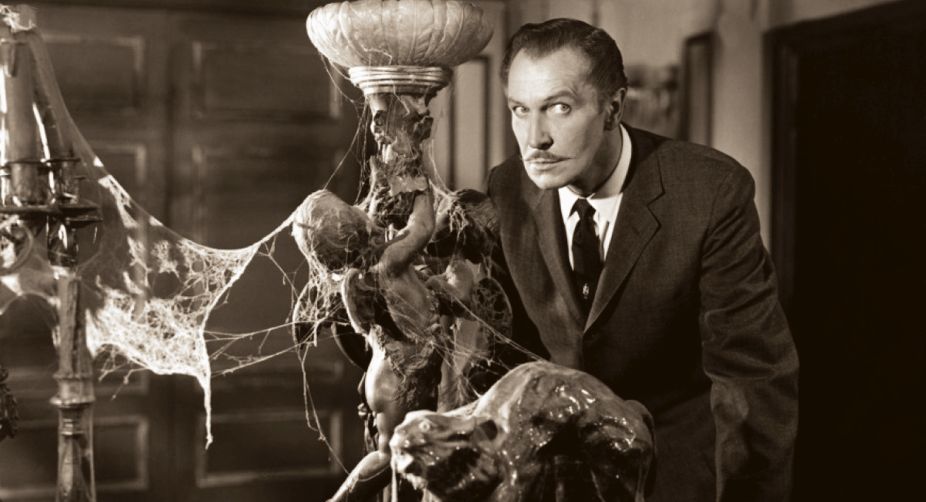
However, Paramount’s Robert Evans agreed only to purchase the right on the stipulation Castle would not be the one direct, having deemed the material too lofty for a man famed for his cheap, ghoulish scares. Instead, Evans looked to Roman Polanski, the European director whose work fascinated him, having recently completed work on Repulsion.
While Roman Polanski’s cinematic legacy is deeply difficult, conflicted, and complex – in 1979, he pleaded guilty to statutory rape, before fleeing the country and never facing conviction – Rosemary’s Baby unavoidably remains one of the most important milestones in the genre, one of the earliest iterations of what we’ve now come to consider as the modern horror film.
A film born out of the fall of the Motion Picture Production code and its strict censorship, alongside the death of Universal’s monsters: a new era which brought horror home, shifting the lens towards more grounded, domestic settings. It’s the leap between Dracula’s castle to New York’s Bramford apartment building.
However, what’s interesting to see is how Rosemary’s Baby has seemingly superseded Hitchcock’s Psycho as the go-to early influence for filmmakers – despite its release in 1960 largely branding it as the first modern horror film.
Hitchcock’s classic, in many ways, ignited the slasher genre, but it’s since been largely engulfed in influence by the films it spawned, such Halloween or Friday the 13th.
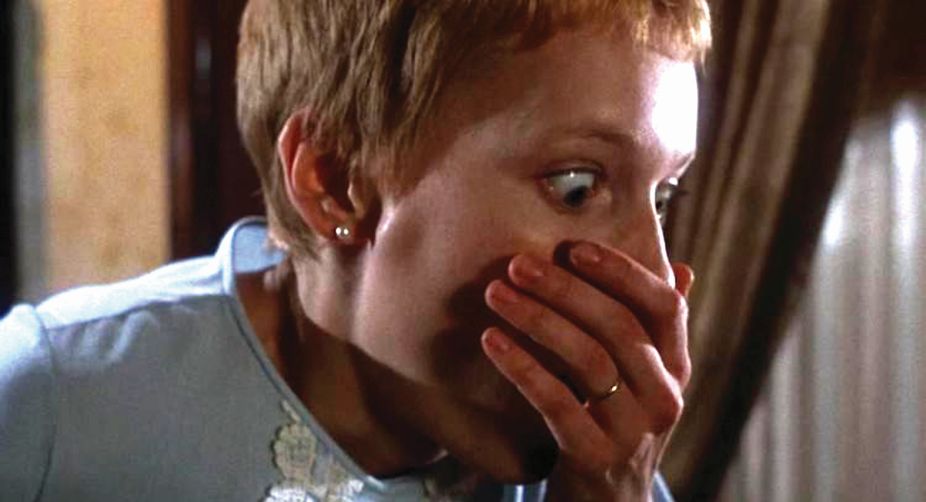
Psycho certainly helped shift the mood away from the monstrous fable towards something more strictly psychological, but Rosemary’s Baby found a new lease of life for Gothic horror’s grand metaphors, transplanted now into the modern world; in a bustling city, or the idealised American marriage.
Exactly as Rosemary’s Baby begins, within the glow of Guy (John Cassavetes) and Rosemary Woodhouse (Mia Farrow)’s domestic bliss – that prescribed by the 60s, in which a doe-eyed Rosemary dotes on her husband at every opportunity, expecting little in return.
Those traditions, of course, soon become a trap. As a pregnant Rosemary becomes increasingly controlled by those around her – her husband, her obstetrician, her neighbours – the full-on supernatural terror, in the reveal she’s a mere pawn in the scheme to birth Satan’s child, acts as the most extreme exaggeration of truth: women’s bodies are a constant battleground for control by others, whether they be politicians or satanists.
A theme which, depressingly, has never lost its relevance, but was born also out specific historical circumstances. Polanski’s adaptation stayed faithful to the point of preserving much of Levin’s dialogue intact; its underlying themes, too, which were concocted in a world in which women’s reproductive health had started to become a central political issue.
In 1960, the US’ first oral contraceptive was approved by the FDA. 1965’s Griswold v. Connecticut ended state laws that could restrict access to the pill.
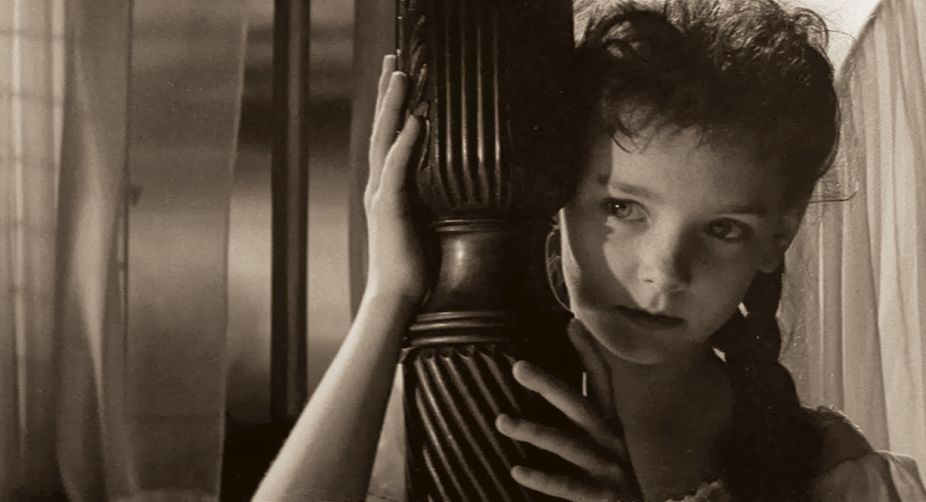
In 1975, Roe v. Wade legalised abortion nationwide. As women’s reproductive rights progressed, however, conservative Christianity inevitably reacted in fury: its within this tension that Rosemary’s Baby finds its otherworldly power.
Gender and horror have always remained linked, as recent years have seen a growing cultural interest in the metaphorical implications of witchcraft, from Anna Biller’s reclamation of the narrative in 2016’s The Love Witch, to Robert Eggers’ The Witch in 2015, which delved into its long history of fear and oppression.
Yet, the way in which Rosemary’s Baby uses horror to reflect contemporary and social concerns has a far wider-reaching appeal, which may explain why it’s such a cornerstone for filmmakers today. Peele’s Get Out, for example, uses a similar technique of pushing the everyday experience of racism by black Americans to a point of supernatural exaggeration, as represented by the “sunken place”.
The metaphors of modern horror, however, are written largely within an atmosphere of acute paranoia; an uncertainty in what is truth, and what is fiction. This is what tortures the familial unit at the centre of Hereditary, or Daniel Kaluuya’s gas-lit Chris in GetOut.
And it’s key to the effectiveness of Rosemary’s Baby, which drew its notes heavily from the world around it. In the shadow of JFK’s assassination, the Vietnam War, the growing Civil rights movement: the counterculture generation had begun to seriously question its elders, to question established structures. To challenge the message of collective unity spouted by the post-World War II economic boom.
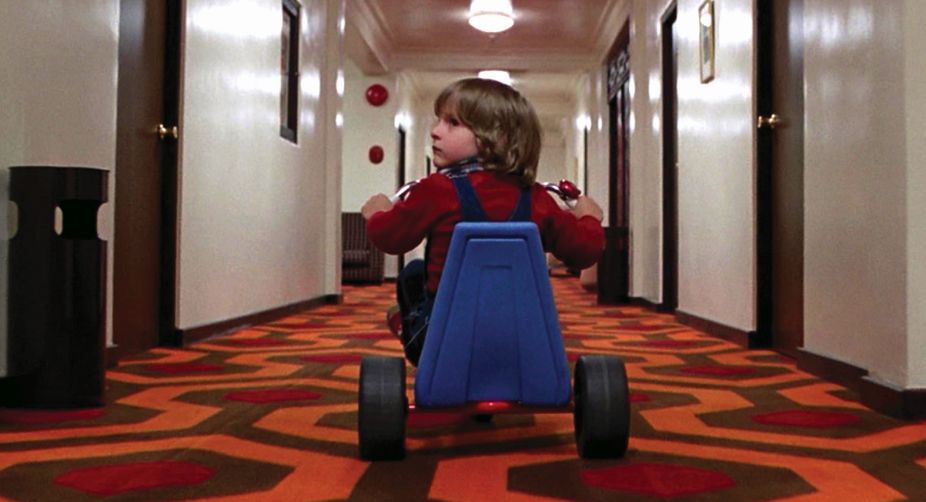
A divide directly reflected in Rosemary’s Baby itself, as the coven of satanists are all elders to the young, optimistic Woodhouses. Although, ironically, it was the rising distrust in conventional religion which spawned renewed interest in the black arts and witchcraft; in 1966, Anton LaVey founded the Church of Satan.
Paranoia is no less central to modern society, newly aggravated by advancing technology and the constant fear we are being watched, surveyed, and documented by our phones – though, in truth, we usually are. Another thing to distrust, however, and it’s no wonder that Charlie Brooker’s Black Mirror series, which gives sci-fi a distinctly horror edge, has found such immense popularity.
So 50 years down the line, Rosemary’s Baby remains a prevailing influence because of what it helped establish within the genre: a way to communicate everyday horror through supernatural metaphor, a way to capture the fears of a generation like lightning in a bottle. Filmmakers, in short, have returned to it so faithfully as an influence because of what it has to teach them: the modern language of terror.
The Independent
Advertisement

